 Pope Francis has declared from December 8th, 2015 until November 20th, 2016 an Extraordinary Jubilee of Mercy. Desiring to delve further into my understanding and appreciation of this quality of mercy, I have been reading and reflecting. Elizabeth Davis, RSM, a Sister of Mercy, has provided a series of seven inspiring talks on the Roman Catholic TV network: http://www.romancatholictv.com. These approximately seven minute long videos are wonderful for faith sharing in small groups. The titles include: God is Mercy and Justice: God is Mercy: God is Justice: Doing Mercy: Doing Justice: Mercy and Justice Together: and, Radical Inclusion. Sr. Elizabeth, a Scripture scholar, has provided a wealth of mercy passages from God’s Word that are effective for use in personal prayer.
Pope Francis has declared from December 8th, 2015 until November 20th, 2016 an Extraordinary Jubilee of Mercy. Desiring to delve further into my understanding and appreciation of this quality of mercy, I have been reading and reflecting. Elizabeth Davis, RSM, a Sister of Mercy, has provided a series of seven inspiring talks on the Roman Catholic TV network: http://www.romancatholictv.com. These approximately seven minute long videos are wonderful for faith sharing in small groups. The titles include: God is Mercy and Justice: God is Mercy: God is Justice: Doing Mercy: Doing Justice: Mercy and Justice Together: and, Radical Inclusion. Sr. Elizabeth, a Scripture scholar, has provided a wealth of mercy passages from God’s Word that are effective for use in personal prayer.
Who is this God of Mercy? Pope Francis, in conversation with Vatican Reporter Andrea Tornielli, has offered some clear answers in the book, The Name of God is Mercy. Our God is faithful, compassionate, responsive, showering us with lovingkindness. “God is a careful and attentive father, ready to welcome any person who takes a step or even expresses the desire to take a step that leads home. He is there, staring out at the horizon, expecting us, waiting for us,” (p. 51). “God’s mercy is like a great light of love and tenderness because God forgives not with a decree but a caress … by caressing the wounds of our sins,” (p. xvi).
Pope Francis goes on to say, “This is the time of mercy. The Church is sharing her maternal side, her motherly face, to a humanity that is wounded … she looks for them, she gathers them in, she embraces them, she takes care of them, she makes them feel loved,” (p.6). The Sacrament of Reconciliation is to be “an encounter with mercy,” (p.8). Divine Mercy Sunday was celebrated this past weekend.
Pope Francis instructs us: “God is so merciful toward us. We too should learn to be merciful …” Our Sunday Visitor has published a pamphlet entitled, “Eight Ways to Live a Merciful Life.” Mercy is described as entering into “the other person’s suffering. We feel the other person’s pain, see through the other person’s eyes, and place ourselves inside the other person’s heart and mind. When that happens, we are moved to respond in a merciful way.”
When have you experienced mercy? To whom have you reached out to in mercy?
Kathy O’Keefe, CSJ
 There is much wisdom embodied in the Jewish proverb which states, “God couldn’t be everywhere so he created mothers.” The second Sunday in May is designated Mother’s Day. Each year we honour the unique role of motherhood. The art of mothering is carried out uniquely by birth mothers, but also by others, tagged in the urban dictionary, ‘pseudo moms’. Mother’s Day is a great occasion to give a loving hug or hold a note of gratitude in our heart for our mom. Many of us also owe a debt of gratitude to those ‘special moms’ who lovingly supported us along life’s way, their ‘kids’.
There is much wisdom embodied in the Jewish proverb which states, “God couldn’t be everywhere so he created mothers.” The second Sunday in May is designated Mother’s Day. Each year we honour the unique role of motherhood. The art of mothering is carried out uniquely by birth mothers, but also by others, tagged in the urban dictionary, ‘pseudo moms’. Mother’s Day is a great occasion to give a loving hug or hold a note of gratitude in our heart for our mom. Many of us also owe a debt of gratitude to those ‘special moms’ who lovingly supported us along life’s way, their ‘kids’.




